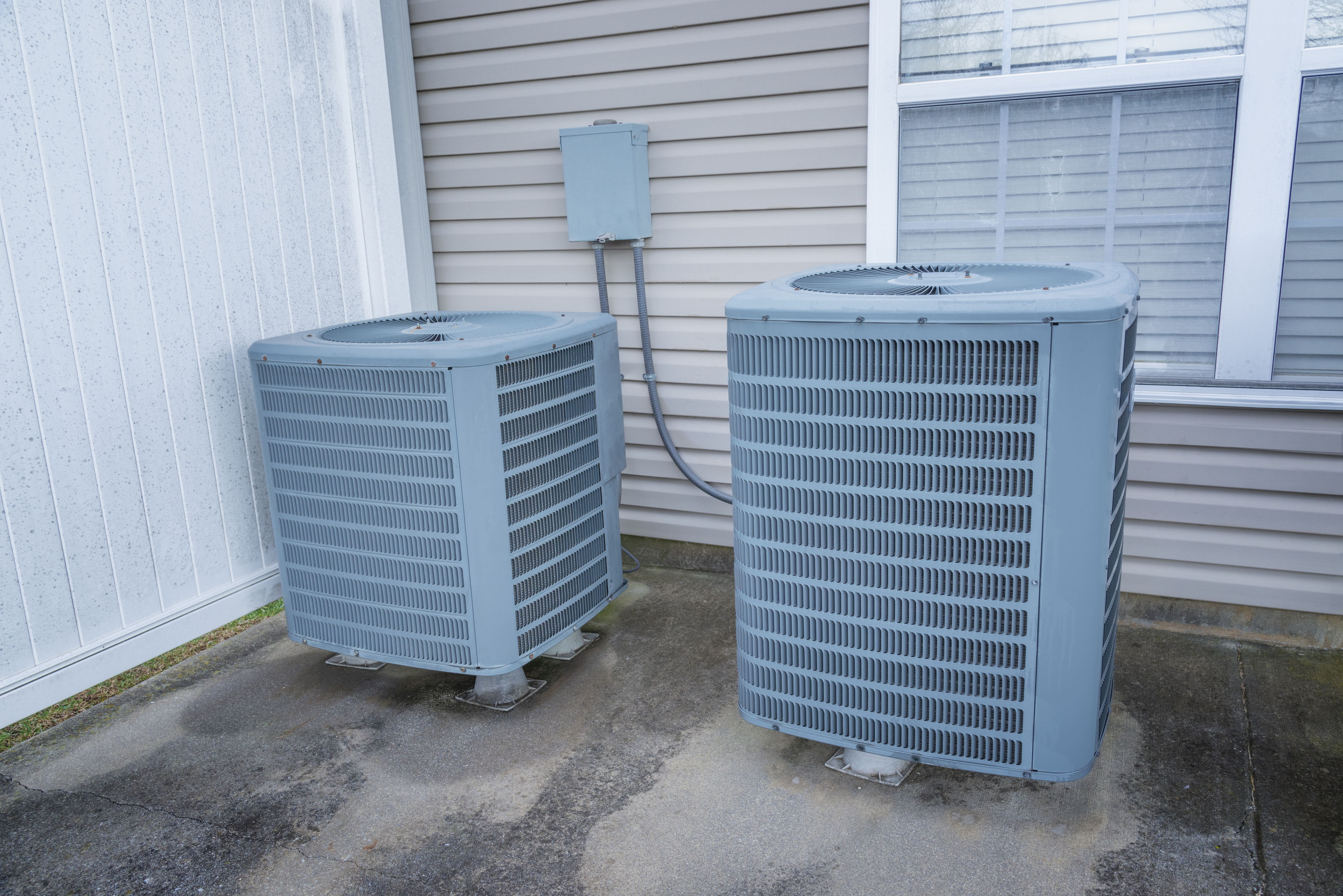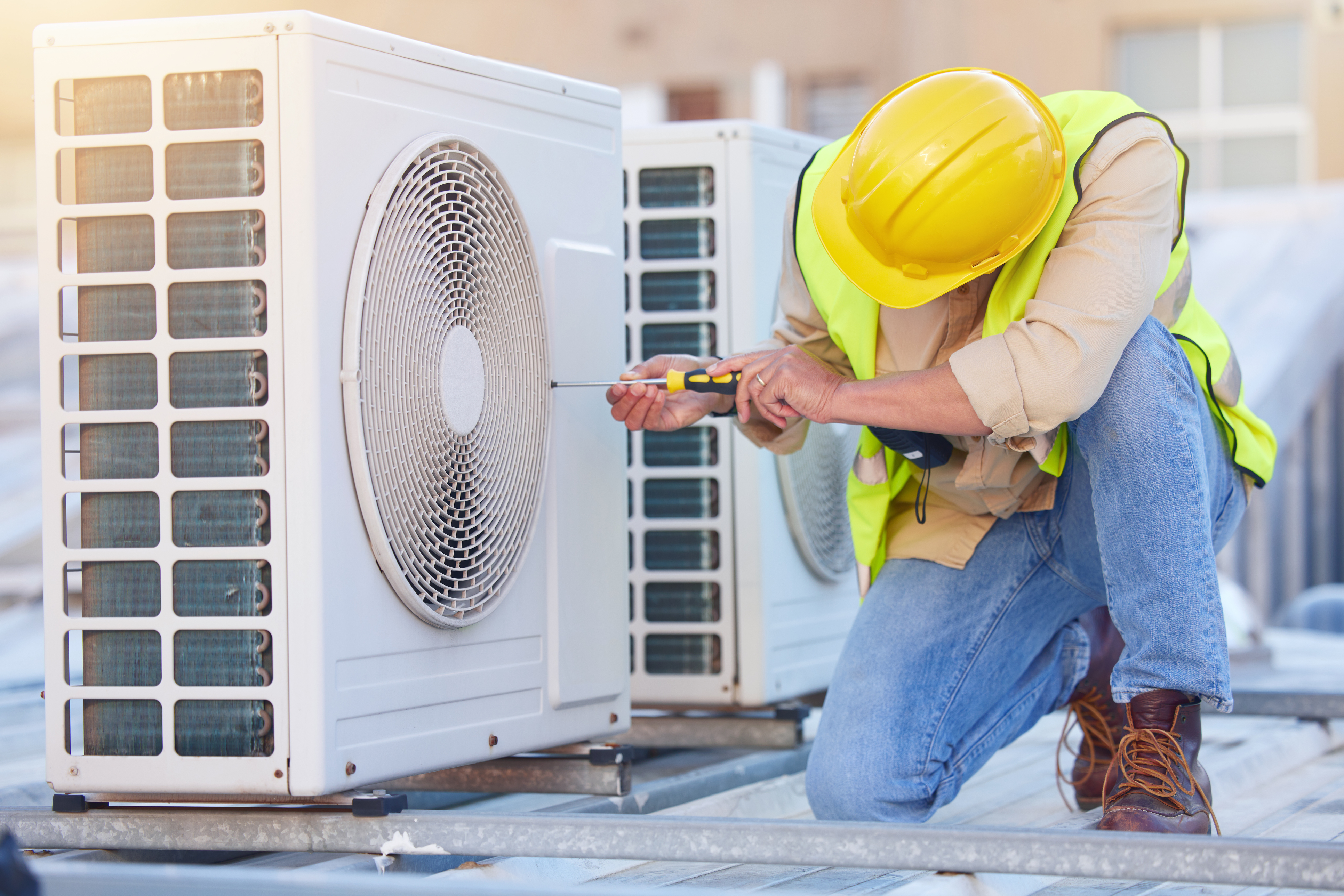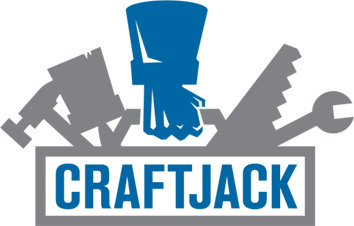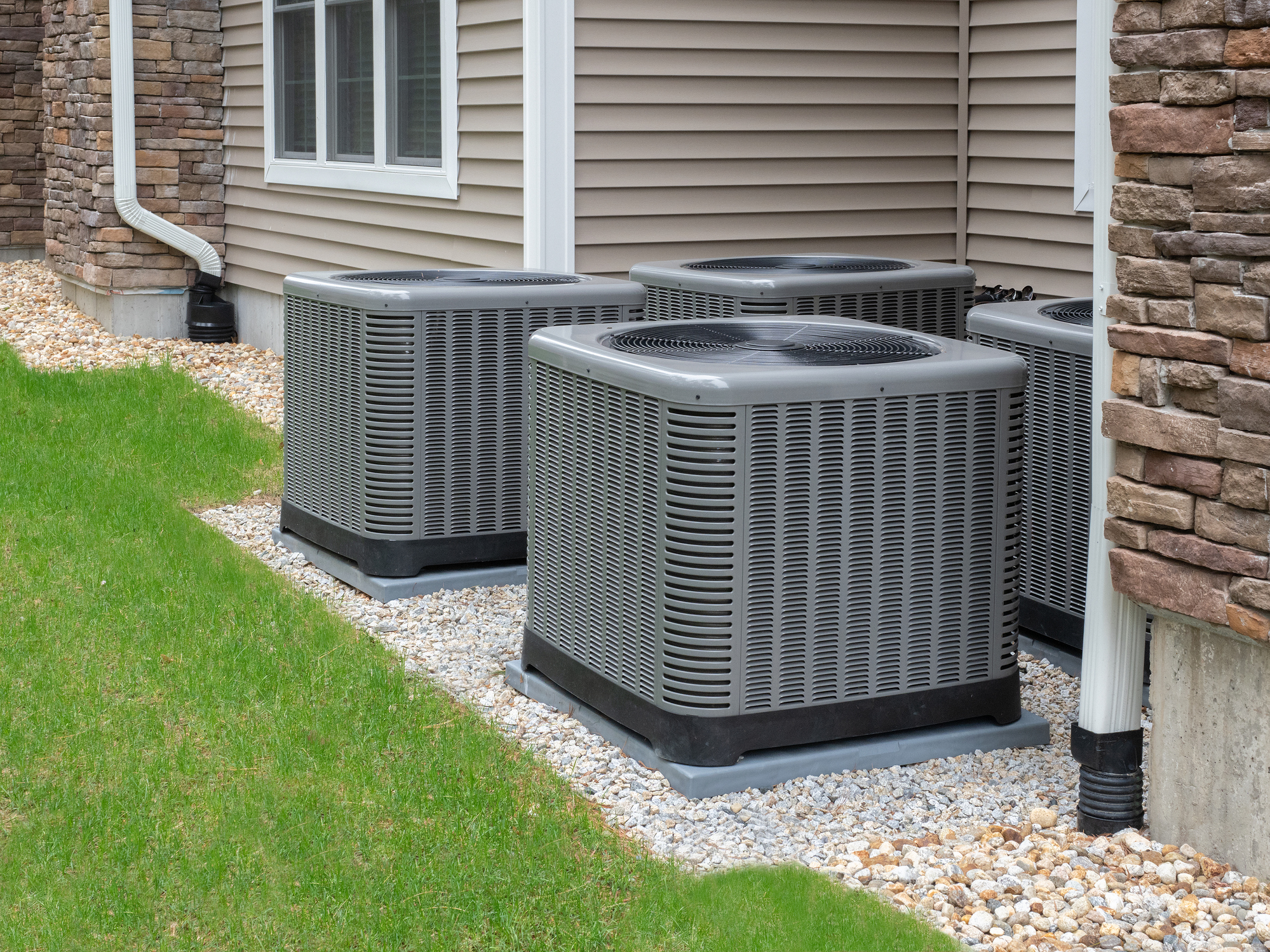How to Price HVAC Jobs Perfectly and Grow Your Business | CraftJack
Increase sales and bolster your reputation by learning how to price HVAC jobs. Get advice on costs and estimates to win more jobs and delight customers.

As an HVAC small business owner, how much you charge customers for services lies at the core of your company's long-term success. Operating margins dictate profits, and influence which target audiences you appeal to, and how many jobs you win. Without a carefully planned pricing strategy, you're more likely to overcharge or undercharge clients and could struggle to thrive and grow. Keep reading to learn everything you need to know about how to price HVAC jobs.
Looking to get more customers? Sign up with CraftJack today to get high-quality, phone-verified HVAC leads in your area.
Benefits of a Strong HVAC Pricing Strategy
Pricing HVAC work correctly using a consistent billing strategy builds trust with customers and ensures you reach your business objectives by:
Attracting the right customers
For many consumers, the cost is one of the most important first impressions, making perfect pricing a highly effective marketing tool.
Being transparent
Transparency and fairness have never been more crucial to customers, who have more choices than ever and can post negative reviews if they feel they've been misled.
Portraying value
For an HVAC business to succeed, the price should convey the quality of the service and materials. It's vital you build your pricing strategy around your target audience, taking into account people's average salary, age, and disposable income in the areas you operate within.
Aligning Outcomes with Expectations
When you tell a client that installing a new air conditioning unit or water heater will cost a certain amount and it's the same (or very similar) at the end of the job, you've made a great impression. On the other hand, promising to do work cheaply to win a job and then charging more is a surefire way to get a bad reputation.
Ensuring profitability
While passion and love of the game are front and center for any HVAC company owner, you're in business to make money. You must ensure your prices drive profitability.
Saving time
Having a consistent strategy saves time when providing estimates and pricing new jobs.
How to Calculate HVAC Costs
There are two main types of costs HVAC operators need to keep in mind: direct costs and overheads. To turn a profit, your prices must cover both and include a sufficient profit margin. Keep reading to learn more about these terms and how to add everything together to calculate the cost of an HVAC job.
Direct Costs
Direct costs cover what you spend completing an HVAC job, and you should write down each one for every project. Let's explore common direct costs associated with HVAC companies.
Materials
The total cost of materials is easy to calculate because your purchases are clearly documented. They might include:
- Condenser
- Coil
- Furnace
- Wiring
- Thermostat
- Replacing or repairing any necessary damage
- Brazing supplies
- Gas piping
- Grills
- Refrigerant
- Cleaning supplies
- Garbage removal
- Delivery of materials
Labor
Labor costs are the hardest for HVAC operators to estimate perfectly when using an hourly pricing model:
- Remember to include any fringe benefits such as sick leave, vacation, taxes, and health insurance (FB).
- Estimate the number of hours it will take to complete a job (H), and multiply it by the hourly pay rate of each person on the job (P). Below is an example calculation of labor costs for an HVAC job, including the hourly labor rate plus fringe benefits, multiplied by the number of hours it'll take to complete the job.
- P = $15 FB = $4 H = 40
- ($15 + $4) * 40 = $760
- Keep in mind that it's better to overestimate than underestimate when it comes to the number of hours it takes to complete a job. That way, if an unexpected issue arises, you have some space to maneuver.
Other Direct Costs
In addition to basic direct costs, you might spend money on the following when pricing a specific HVAC job:
- Local, state, or federal permits to comply with legal codes
- Specialty equipment purchases, such as fork trucks, jackhammers, scissor lifts, or unloading equipment
- Subcontractors if you work with a partner such as a plumber, an electrician, or a crane tech to complete an HVAC job
- Any commission or fees you spend on directly winning a job
Overhead
Overhead includes costs you incur whether you're working on an HVAC job or not. You need to spend the money to stay in business, but it doesn't relate to any specific project. Many HVAC overhead costs are straightforward to calculate, while others rely on strong estimating and forecasting skills.
Some HVAC overheads are easier to calculate than others because they have bills or invoices detailing the costs, including:
- Property rental or mortgage
- Utility bills
- HVAC tools
- Card processing fees
- Advertising and marketing Insurance
- Office equipment and supplies
- Vehicles and vehicle maintenance
- Expenses
- Some taxes
- Software subscriptions
Anything that has a paper trail is simple to incorporate into your pricing model. Other overheads are harder to estimate, so it's worth spending a little more time planning around them. These include:
- Cell phone, software, and internet expenses — these are ever-changing but indispensable, so always check you're getting the best deal Owner's salary, which can be a direct cost, overhead, or combination of both, depending on how hands-on you are out on the field with HVAC jobs
- Unapplied labor costs, which include money you pay to workers who are on a specific job that doesn't fall into a direct cost for that job, such as employee meetings, drive time between jobs, sending follow-up emails, and time spent in the office
- These costs may seem inconsequential, but they add up fast. It's usually advisable to conduct briefings and meetings virtually to avoid spending too much on unapplied labor.

Flat Rate vs. Hourly Rate for HVAC Jobs
There are several ways you can approach HVAC pricing, and the strategy you choose should take into account your target audience, liquidity, demand in your local area, and your positioning within the market.
One of the first aspects of pricing to consider is whether to opt for a flat rate, an hourly rate, or a hybrid pricing structure.
Flat Rate
With flat rate pricing, you factor in direct and overhead costs to set a fixed HVAC price that the customer pays regardless of how long the job takes to complete. It lets you offer a list of add-ons and upsells that customers can select from to enhance their service and boost your profit margins. What's more, you save on unapplied labor costs because you won't need to devise a new estimate and invoice for every project.
Many customers prefer this type of HVAC pricing model because it means there are no surprises once the job is done. You might even be able to take payment upfront, which is ideal for your company's cash flow. Plus, you can relax knowing how much cash each job is going to bring to the table in advance — and your team will work efficiently knowing they don't get paid extra for overtime.
If you predominantly operate on small to midsize jobs that have predictable direct costs, flat rate pricing is a great idea.
Hourly Rate
For new business owners or those who primarily work on HVAC projects with extensive labor and materials demands, charging an hourly rate might be best. Hourly rates allow you to pivot in case the nature of a job change — such as when you realize you need a more expensive piece of equipment halfway through.
Customers benefit from seeing a full breakdown of each cost but keep in mind that you'll also need to charge for the labor spent producing each estimate. Also, customers will be watching the clock, and they're likely to ask more questions and be slightly more suspicious until the HVAC work is done. This can put undue pressure on the team completing the job and more pressure on you to reduce markups because customers will see an itemized bill.
Whether you charge an hourly or a flat rate, you need to know how much your HVAC services are worth. To calculate an hourly base rate, add all costs (C) together and divide them by the number of hours (H) worked in a period.
Say your annual total costs are $100,000 and your team worked 5,200 hours in the year:
C = 100,000 H = 5,200
100,000 / 5,200 = $19.23
Your base rate is $19,23, but keep in mind this doesn't account for profit, and that's where markup and profit margin comes into play.
Hybrid
Many modern companies prefer a hybrid pricing model, which can help make costing calculations more accurate and ensure you're hitting financial targets. This usually involves charging a fixed rate for the most common HVAC jobs, such as fixing or replacing air filters, installing or replacing boilers, and conducting regular maintenance calls. However, for more complex or unpredictable jobs, such as troubleshooting and fixing a leak or a faulty inducer motor, you might use hourly pricing.
Another way of using the hybrid pricing model for HVAC is to quote a flat rate up until a certain number of hours and charge hourly thereafter. Generally speaking, it's best to offer a hybrid model because you get the best of both worlds.
Other HVAC Cost Calculations
While you must cover costs when pricing a job, profit margin and markup are crucial for long-term success.
Markup
HVAC markup is the difference between how much something costs you vs. how much a client pays. Using the following formula to establish markup on parts and labor ensures you account for overheads and profits as well as costs:
(Selling price – All costs) / All costs * 100 = Markup percentage
So, let's say you buy a new grill part for a customer's air conditioning unit. It costs you $20, and you charge the customer $40:
(40 – 20) / 20 * 100 = 100%
The markup for the replacement grill part is 100%, meaning you earn a 100% profit on selling that piece of equipment. HVAC companies have high overheads and direct costs. As such, setting a high markup on parts and upselling are critical for making profits.
Profit Margin
To establish an annual profit margin, you subtract direct costs and overheads from your total yearly revenue.
Total revenue – Overheads – Direct costs = Net income
Say your company made $200,000 in a year, and you spent $40,000 on overheads and $60,000 in direct costs.
200,000 – 40,000 – 60,000 = $100,000
Once you've worked out net income, determine your profit margin using this formula:
(Net income / Total revenue) * 100 = Profit margin percentage
(100,000 / 200,000) * 100 = 50%
A healthy and fair HVAC profit margin usually lies somewhere between 45% and 65%.
How to Determine Competitive Pricing
In the following section, we explain how to create an HVAC estimate from scratch. First, let's look at some reasons HVAC contractors who are already operating might consider updating their pricing strategy.
You're charging too much for HVAC services:
- More than 20% of prospects and clients mention your prices being too high.
- It's getting harder to sell an HVAC job.
- Sales are dropping or flat.
- Quality-first customers are consistently querying your prices.
You're not charging enough for HVAC services:
- Sales are growing or steady, but profits are falling.
- Price-first customers often comment on how cheap your services are.
- Customers hardly ever mention prices being high.
- A majority of sales come from mass marketing leads.
If any of these apply to you or you're a new HVAC business owner setting prices for the first time, keep reading to learn how to create an HVAC estimate.
Creating an HVAC Estimate
With all the mechanics of how you're going to approach your HVAC company worked out, you're ready to create estimates for specific jobs. To do this:
- Estimate a timeframe to complete the job.
- Work out how much your overheads are.
- Calculate your direct costs.
- Add sufficient markup to equipment or spare parts.
- Ensure your profit margin is incorporated.
- If you charge an hourly rate, multiply total costs by time spent (you'll need to prepare an
- itemized bill at the end of the job).
- For a flat rate, take note of your costs for improved forecasting in the future.
Now it's time to send a professional, branded document to your client. Remember, the slicker your branding, the better the first impression you make and the more likely you are to win jobs.
Your estimate should contain the following:
- Business name and logo Contact details
- A reference number
- Detailed cost breakdown for HVAC services charged by the hour
- Total costs plus taxes
- A timeframe to respond to the estimate
How to Price HVAC Jobs: 10 Tips
Here are 10 tips to help you set the perfect prices for your company's HVAC services.
Determine your own salary
If you're currently the only person working for your company, this forms the basis of your rate.
Create a cost list
Write a list of all your overheads and direct costs. Both under- and overestimating are risky, so it's best to be as accurate and detailed as possible when breaking down overheads and direct costs.
Research competitors
Review new and established local HVAC businesses' costs to see how much people are charging in your area. Don't be afraid to pick up the phone and call to ask for estimates, and check social media to assess the quality of work performed.
Think about taxes
Decide whether to include taxes in your pricing or charge them separately. Most HVAC companies charge taxes separately so they have a clear-cut price for services and don't let them eat into profits.
Set your profit margin
In addition to paying yourself, your aim as an HVAC company owner is to make a profit so you can continue to invest in it.
Plan markups
Set separate markups for services and materials.
Don't miss an opportunity to upsell
For most operators, the chunkiest profits come from upsells. You're an HVAC expert with the knowledge to strategically offer high-end solutions, luxury items, warranties, or maintenance packages to receptive customers.
Prepare to negotiate
Being a people pleaser or struggling to say no can be catastrophic as an HVAC operator. Some clients will aggressively haggle, and you need to be slick and confident so discounts don't end up eating into your profits.
Track your margins
Pricing your HVAC jobs isn't a one-and-done situation. Regularly audit profit margins to ensure you remain competitive as the economy changes and new innovations in HVAC technology emerge.
Review your pricing strategy
As your margins shift, so will your prices — and they should ensure you can weather changes in the industry and remain profitable long-term.
CraftJack Can Help Your HVAC Business Grow
Starting an HVAC business is a big step but keeping it growing can be even more of a challenge. Reach out to CraftJack today to find out how we can help you get more high-quality HVAC leads and keep your company moving in the right direction.


